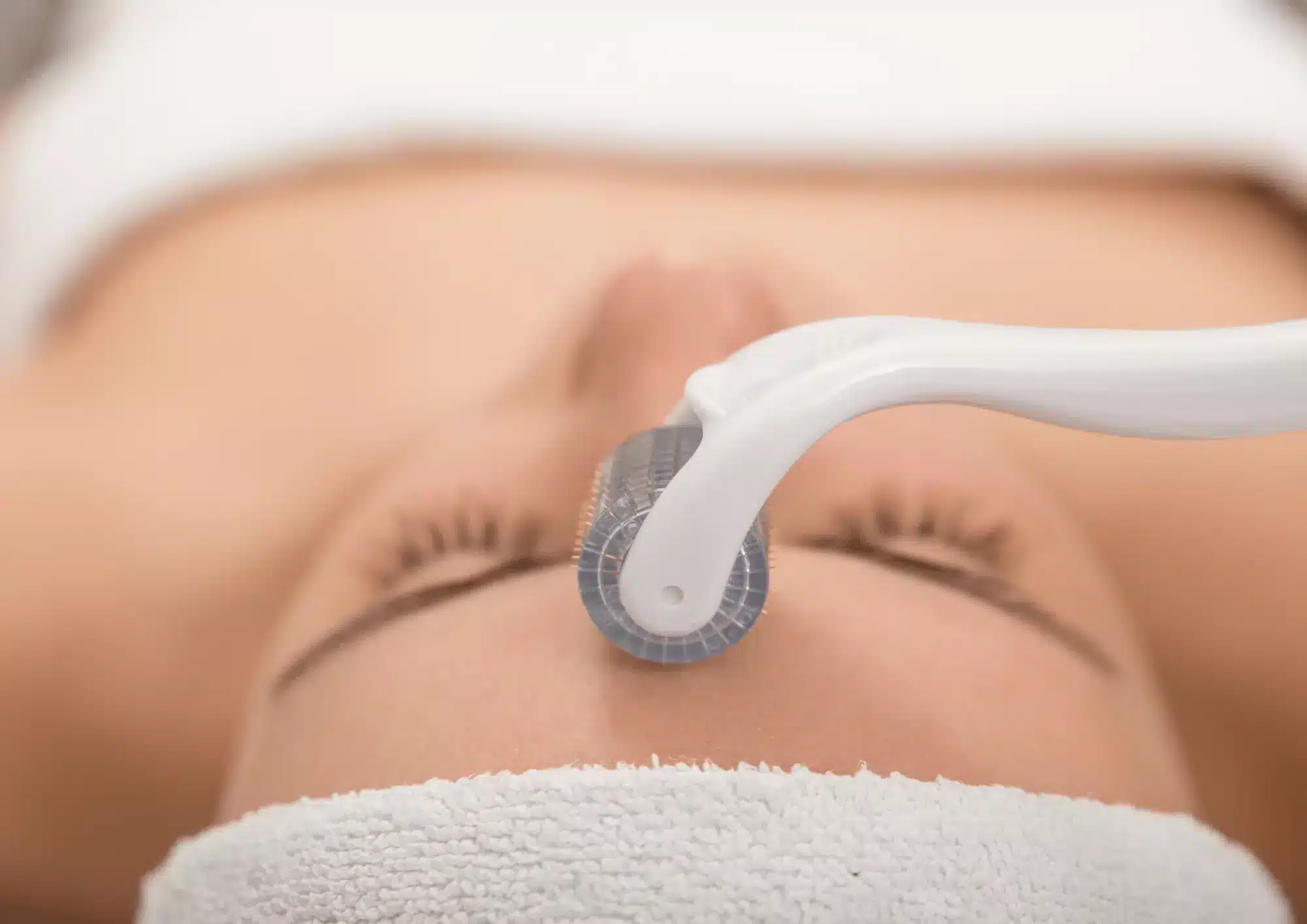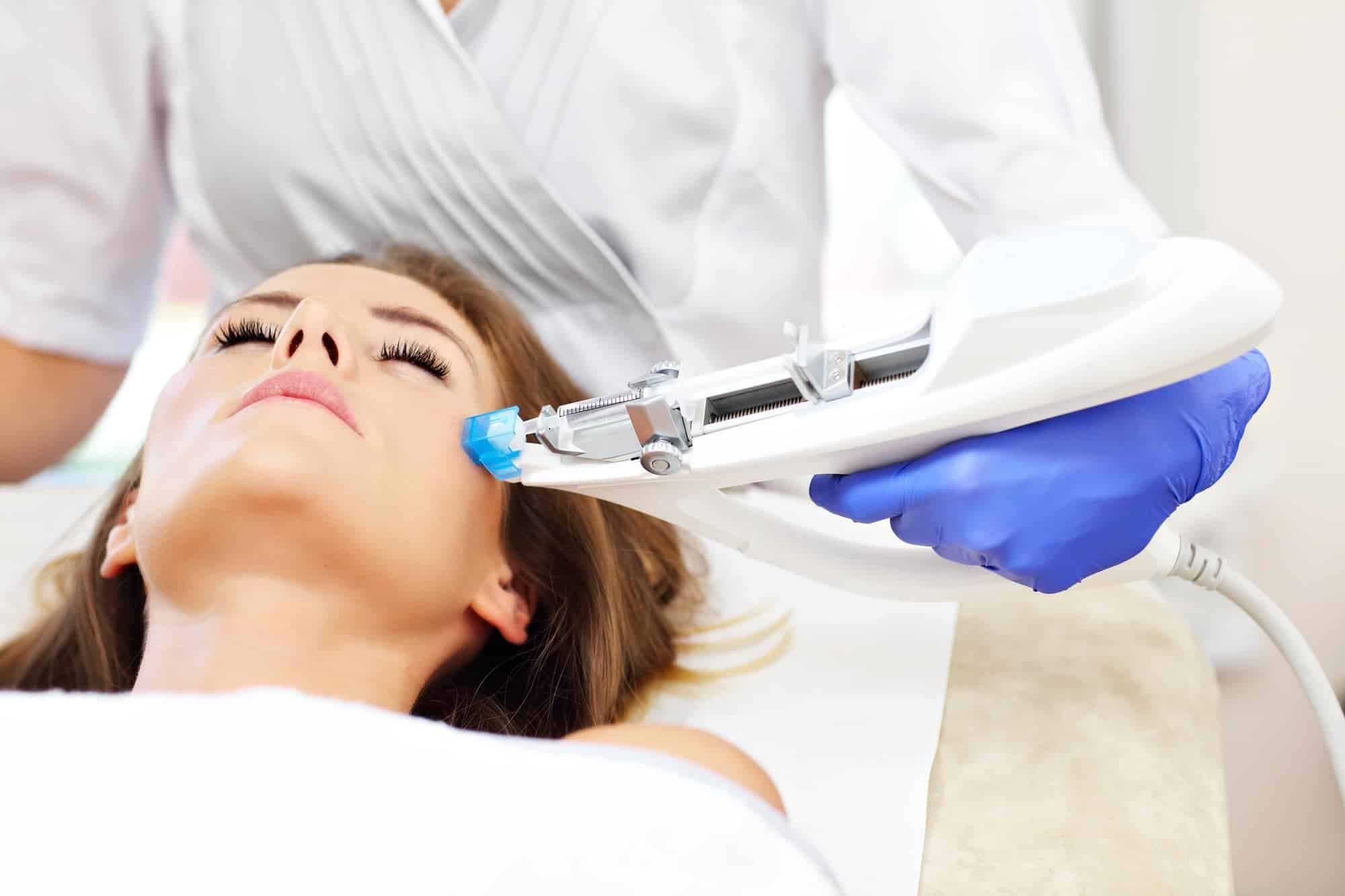It goes without saying that good skin dramatically improves the aesthetic appearance of any individual. Not only is that the case, but the skin’s appearance also influences the results that aesthetic dermal treatments like dermal fillers have; Belotero for example, or botulinum toxin injections. If the condition of the skin is good to begin with, results from these treatments are enhanced even further, visibly. For these reasons, improving skin condition should be a top priority and always be the first recommendation given to patients before deciding to implement other treatments. Mesotherapy was first introduced by the French doctor Michel Pistor, who in 1976 described a technique that entails administering medications directly into the skin. This is performed to preserve or achieve youthful and/or healthy skin. To achieve such skin, biocompatible and absorbable medications that brighten, firm, and moisturize the skin are injected into the superficial dermis. This procedure also assists in encouraging skin rejuvenation through fibroblast activation and hydration replenishment that restore skin elasticity and tone. In addition to skin rejuvenation, mesotherapy products can also help improve other skin and hair conditions, such as cellulite, fat pockets, hair loss, rosacea, stretch marks, and acne, among others. With its many benefits, it is worthwhile for the aesthetic practitioner to familiarize themselves with mesotherapy and offer it in their practice. This article will outline the recommended procedure protocol, guidelines, and expected outcomes associated with mesotherapy through the case study of a patient who received mesotherapy treatment for her dry skin in the under eye and mid-cheek areas.
Treatment Protocol
A typical mesotherapy regiment consists of four sessions conducted weekly or biweekly. For even distribution of the product, it is recommended to use an automated mesogun, which would ensure that each injection has the same product volume and is injected the same injection depth.
The Treatment Session
Each of the four sessions are carried out in the same manner. The same products are used, which are typically a mix of products that each target different facets of the skin. This cocktail of ingredients can be customized according to the patient’s aesthetic need (e.g. regeneration, anti-aging, or skin firming, etc.). For instance, older patients may benefit more from an anti-aging cocktail, whereas younger patients may request for a treatment that is geared towards promoting skin radiance.
As an example, the following protocols and ingredients can be used when treating for skin hydration:
• 30% medium-molecular-weight non-cross-linked hyaluronic acid;
• 30% poly-revitalizing complex (hyaluronic acid, 25 amino acids, four nucleic acids, two reducing agents, 10 vitamins, and two co-enzymes);
• 32% mesolift cocktail (hyaluronic acid; vitamins B, C, A, and E; sodium DNA; organic silicium; and DMAE);
• 8% 20mg/ml of 2% procaine.
If the patient requires a cocktail better suited for older skin instead, the following mixture may be used:
• Centella asiatica—Helps the skin heal;
• Dexpanthenol—Dermal regenerative agent;
• Elastin —Improves collagen quantities;
• Organic silicium—Used for optimal collagen synthesis.
Pre-treatment Considerations
As with any aesthetic procedure, a medical history of the patient should be taken to ensure that mesotherapy is an appropriate treatment for them. At this juncture, the patient should also be fully briefed on the details of the procedure; for instance, they should be informed on how long the treatment will take; what to expect; and any post-treatment measures, including their implications, potential cost, and level of commitment required, that the patient needs to do to maintain the results.
After obtaining consent, pre-treatment documentation in the form of photographs of the patient and skin condition should be taken to serve as a baseline from which the progress of the mesotherapy treatment can be monitored.
Also Read: Skin changes with seasons
Instrumentation: The Mesogun
The mesogun delivers microinjections that are uniform in terms of volume and depth of injection, both of which are important factors in terms of achieving optimal results. Usually, the mesogun is set to deliver injections at 1mm depth at a rate of 300 injections per minute. Some of the injectors have reported that the use of the mesogun increases patient comfort levels when compared with manual injections. This is supported by findings from a study that found that mesogun use improved patient experience and lowered their perceived pain sensation.
Case Study
The patient (Patient One) is a female who is 37 years of age and had previously received botulinum toxin treatment for dynamic wrinkles, dermal fillers for volume replenishment, and hyaluronic acid for hydration of the skin. The latter treatment was giving positive effects but at an insufficient level: the patient often found her skin very dry by the end of the day. Mesotherapy treatment was discussed as a viable option to improve the patient’s chronic skin dryness. The patient agreed to four sessions of mesotherapy on the face.
First Treatment
For the first treatment, the skin was cleansed with chlorhexidine solution, and the mesogun was prepared with 5ml of the protocol mixture for hydration. One major consideration with mesotherapy treatments, including the one with Patient One, is ensuring that the product was injected to the right depth. Usually with mesotherapy treatments, there will be excess product left on skin after the injection; this is absorbed into the skin with time, thereby enhancing product penetration. Patient One did not experience any pain save for the upper lip area, where the treatment process caused some minor discomfort.
The Injection Technique
The choice of injection technique greatly affects the quality of results obtained. The most common injection technique used in mesotherapy is termed the nappage technique. This technique consists of quick linear injections to the superficial or mid-dermis.[6] The needle is inserted at an angle of 30° to 60°. The recommended amount of volume injected is 0.1 ml for each single droplet, which should be spaced a few millimeters apart from each other. This technique was used with Patient One.
Post Treatment
After her injections were completed, the mesotherapy session ended with the application of a recovery cream to soothe and calm any unintended after effects like bruising or redness and a SPF50 broad-spectrum sunscreen. Patient One was advised not to cleanse her face a few hours after treatment. Patient One did not experience any bruising after the procedure. In general, mesotherapy results in less downtime when compared to other aesthetic treatments, such as microneedling.
Ensuing Sessions
As per protocol, the treatment extended to a total of four sessions scheduled two weeks apart. Each session followed the first treatment regimen in terms of preparation, dosage, technique used, and post-treatment care. Photographs were taken before each session.
Feedback and Outcome
After her first treatment, Patient One reported an improvement in skin texture and in hydration at levels that exceeded her expectations. It was observed that the most significant changes occurred after the third and fourth sessions, with the patient reporting her skin as looking revitalized and rested.
At the final review session conducted four weeks after the final treatment session, Patient One reported an overall positive outcome with mesotherapy treatment. Where previously the patient would note that her skin would start to feel dehydrated by mid-afternoon due to stress stemming from the patient’s occupation, her face would feel fresh all the way to the evening with the mesotherapy treatment. She therefore felt satisfied with her treatment and was keen to maintain its benefits.
Maintenance of Results
The initial benefits obtained from a mesotherapy treatment can be further extended through repeat treatments conducted every two to three months, depending on the skin condition. After two months, the skin is assessed, and a treatment is scheduled accordingly, usually for the next month or earlier if needed.
Conclusion
Mesotherapy can greatly aid in hydrating and rejuvenating the skin, effects that benefit the health and appearance of the skin in the long term. Additional advantages of treatment include minimal side effects and downtime, and suitability for all skin types. In conclusion, mesotherapy is a treatment that can be of great benefit to patients and should be an integral part of any aesthetic medical practice.
Reference
• Pistor, M., ‘What is mesotherapy?’, Le Chirurgien-dentiste de France, 46 288 (1976), p. 59.
• Savoia, A., Landi, S., & Baldi, A., ‘A new minimally invasive mesotherapy technique for facial rejuvenation’,Dermatology and therapy, 3(1) (2013), 83-93.
• Lacarrubba, F., Tedeschi, A., Nardone, B., & Micali, G., ‘Mesotherapy for skin rejuvenation: assessment of the subepidermal low-echogenic band by ultrasound evaluation with cross- sectional B-mode scanning’, Dermatologic Therapy, 21(s3) (2008), S1-S5.
• Knoll, B. & Sattler, G., Illustrated Atlas of Esthetic Mesotherapy. (London: Quintessence Publishing Company, 2012)
• Duncan, D. I., & Chubaty, R., ‘Clinical safety data and standards of practice for injection lipolysis: a retrospective study’, Aesthetic Surgery Journal, 26(5) (2006), 575-585.
• El-Domyati, M., El-Ammawi, T. S., Moawad, O., El-Fakahany, H., Medhat, W., Mahoney, M. G., & Uitto, J., ‘Efficacy of mesotherapy in facial rejuvenation: a histological and immunohistochemical evaluation’, International journal of dermatology, 51(8) (2012), 913-919.
• Tosti, A. & Pia De Padova, M., Atlas of Mesotherapy in Skin Rejuvenation, (London: Informa Healthcare, 2007)





